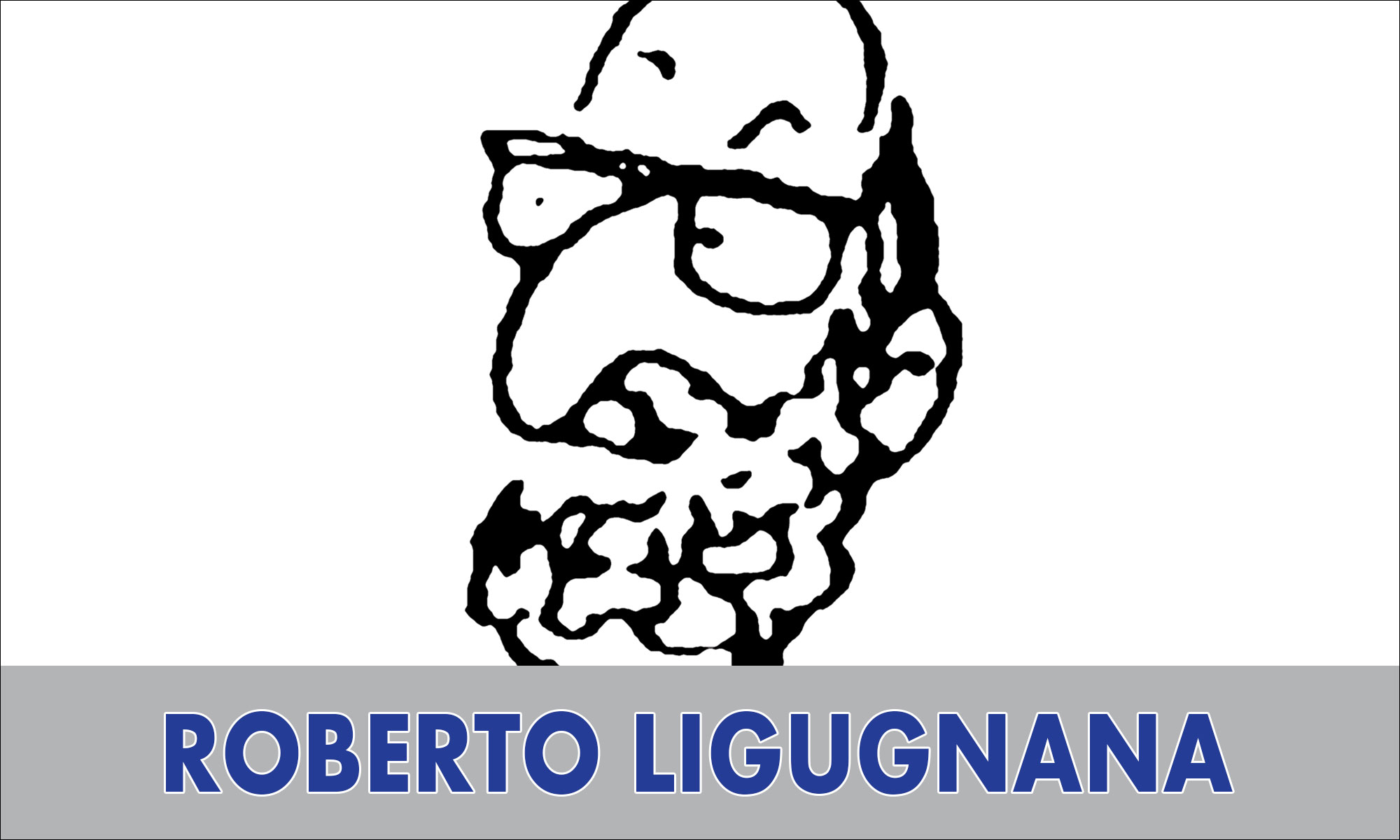Scientists Debate CDC Recommendations during Meningitis Outbreak
A pair of commentaries to appear in an upcoming issue of the journal Antimicrobial Agents and Chemotherapy highlight a debate within the public health community surrounding Centers for Disease Control and Prevention (CDC) recommendations for treatment of exposed individuals during last year’s fungal meningitis outbreak. Manuscripts of the commentaries were published ahead of print today on the journal’s webpage.
“I will try to offer sufficient documentation to show there are alternative approaches worthy of consideration,” writes David A Stevens of Stanford University Medical School, the author of the first commentary which questions the CDC recommendations.
In late 2012 the United States experienced its largest reported healthcare-associated outbreak when some patients who had received contaminated steroid shots developed fungal meningitis. As of January 14, 2013 there have been 678 cases and 44 deaths reported. Approximately 14,000 people were potentially exposed to the contaminated steroids. During the outbreak the CDC recommended that clinicians closely monitor individuals who had been exposed but specifically recommended against the use of preventative (prophylactic) use of antifungal drugs in asymptomatic patients in the absence of a clinical diagnosis of meningitis infection.
In his commentary, Stevens puts forth a detailed argument concluding that the CDC should have recommended prophylactic treatment with oral antifungal drugs for all exposed individuals. He also voiced other concerns with the CDC recommendations including the focus on only two specific drugs for treatment.
“If I were advising any patient who had been injected intrathecally or into a space adjacent to the intrathecal sac with material from one of the known contaminated lots, I would recommend taking chances with the known, uncommon and usually inconsequential side effects of the oral drugs…and try to prevent onset of a serious and lethal disease,” writes Stevens.
In the second commentary, a rebuttal of the Stevens’ commentary, a group of scientists including one CDC official defend the CDC’s recommendation against prophylactic antifungal therapy, describing the CDC’s decision analysis model.
“Most of these cases resulted from epidural injections; these patients did not intentionally receive intrathecal injections, as suggested by Stevens,” write the scientists. “Clinicians must carefully weigh the benefit of treatment of asymptomatic patients with the significant expense associated with drug acquisition, monitoring drug levels and substantial drug-drug interactions. For this reason, CDC chose to recommend careful clinical evaluation and imaging for high risk patients, independent of symptoms, with the goal of finding early indications of infection.”
The manuscripts of the commentaries are available online at http://bit.ly/asmpr0205a and http://bit.ly/asmpr0205b. Formal publication is scheduled for the April 2013 issue of Antimicrobial Agents and Chemotherapy.

















